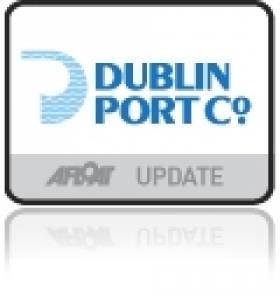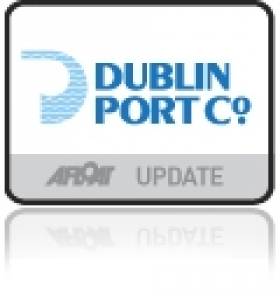Displaying items by tag: Dublin dockers
#DUBLIN PORT PHOTOS - Starting today and tomorrow (Sat 6th July) is a photographic exhibition of 'Dublin Docks' which captures the daily lives of those working in the port spanning five decades (1940-1990).
The exhibition is organised by the Dublin Dockworkers Preservation Society and will be shown at the Sean O'Casey Community Centre on St Mary's Road, East Wall, in the heartland of the north inner city close to the older 'Docklands' now dominated by the financial sector.
The exhibition opens officially this evening at 7pm and besides the 40 images selected for display, visitors will be able to view a slide show that shows over 1,000 other photographs donated by dockers and their families. The images will remain on display on the Saturday too from 10am to 4pm.
Also tomorrow at 2pm in the same venue, Labour historian Francis Devine will give an illustrated talk on Dublin Dockworkers and their Trade Unions. Later in the evening at 9.30pm, musician Paul O'Brien ("Songs from the North Lotts" and "Port to Port") will perform at the Green Room Bar on Lower Sheriff Street.
There will be a further opportunity to see the exhibition during the Dublin Talls Ships Race Festival (23-26 August) as previously reported. The large collection of beautiful black and white photographs depicting the maritime history of the port through the ages will be shown in the CHQ Building at George's Dock.
Fashion Extravaganza Evening and Lecture Maritime Morning
10 a.m. 'Dublin Port – Past and Present'– Niall Dardis
11 a.m. 'The Blood Red Badge: Dublin Dockers, Seamen and their Unionisation' – Francis Devine
12 Noon 'Liffey Ships' – Pat Sweeney
All are welcome to attend the lecture morning, noting the nearest DART station to the venue is at Pearse Street. For further information about other events, activities and developments of the M.I.I. visit www.mariner.ie
Dublin Port: Display of East Wall Life & Docklands
A photographic display of 'Dublin Port and the East Wall' will be held in the Dublin Port Company Centre, Alexandra Road, on Saturday 15th October.
The archives from the ports extensive collection depict how life was for generations who worked in the docklands over the years and the close historical links of the community.
The display forms part of the 'East Wall for All' History Week which runs until 24th October. The programme for events are listed below.
"East Wall - a journey through time" Sean O'Casey Community Centre, Friday 14th October
Dublin Port - a shared history", Port Centre, Alex Rd - Saturday 15th October
Collen - "Two centuries of building", Three Gateway, East Wall Rd. - Wednesday 19th October
"The Shadow of O'Casey", Sean O'Casey Community Centre - Saturday 22nd October
"Shadow of a Gunman" - 18th - 22nd October, Sean O'Casey Community Centre


























































